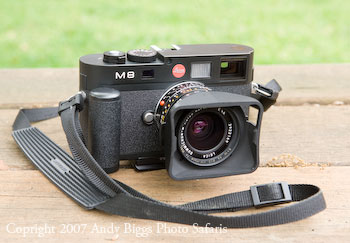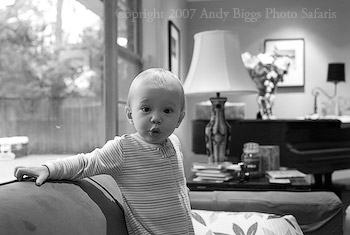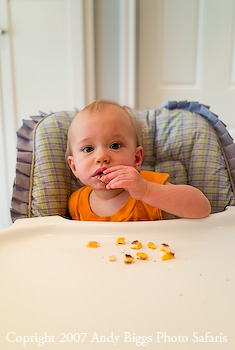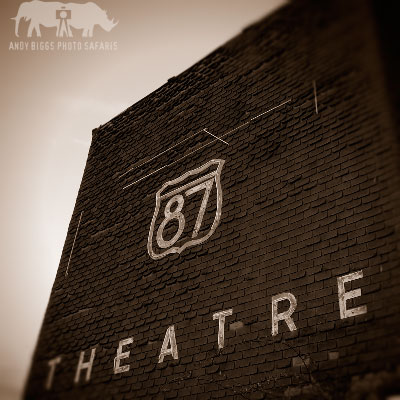Gadgets and situational problem solving
 Thursday, May 17, 2007 at 06:58AM
Thursday, May 17, 2007 at 06:58AM I came across a very funny page on Wikipedia, and thought it should have a place on my blog. MacGyver lives on.
I am an avid adventurer, conservationist, teacher, and outdoor photographer whose photography celebrates the African landscape and its rich wildlife, people, and culture. My photographic safaris allow my travelers to not only enhance their understanding of photography, lighting, and wildlife, but to develop a life-long admiration for Africa ‘s beauty and culture.
Banana Republic recently used my photographs as the cornerstone of their Urban Safari campaign, and my images were seen in all 750 stores around the globe, as well as in their billboards, catalogs and annual report. I was also the winner of the BBC Wildlife Photographer of the Year in the ‘Wild Places’ category in 2008 and a highly commended in the ‘Creative Visions of Nature’ category in 2007.
I launched Gura Gear in 2008, in an attempt to deliver lightweight camera bags to the market. I was looking for a lightweight camera bag to hold all of my photographic gear, and there was nothing desirable on the market that suited my needs. After spending 2 years with many prototypes, the Gura Gear Kiboko bag was born. More products are now available on the Gura Gear web site.
 Thursday, May 17, 2007 at 06:58AM
Thursday, May 17, 2007 at 06:58AM  Tuesday, April 24, 2007 at 04:38AM
Tuesday, April 24, 2007 at 04:38AM  Friday, March 16, 2007 at 08:53AM
Friday, March 16, 2007 at 08:53AM So I have been shooting with a borrowed Leica M8 for the past few days, and I have a few thoughts on the camera. The thought of a digital rangefinder has always seemd attractive to me, as the whole system tends to be smaller and more compact than a comparable SLR system. If I were to purchase a rangefinder system, the Leica M8 would certainly be at the top of my list.

The M8 is a gorgeous piece of equipment. The quality of craftmanship is second to none. When you hold the M8 in your hands, you know that the best materials were use in its construction, and people paid attention to its being built at all stages. I have been using the optional Handgrip for the M8, which is a must-have accessory if you are going to own the M8. Without the grip the M8 tended to slip out of my hands, and didn't feel as stable. With the Handgrip in place, I felt that I could hold on a little tighter, as well as shoot with slower shutter speeds.
The majority of my photography either happens from a tripod or Land Rover in Africa, but I also shoot tons of photographs of daily life here at home. Inside the house. Ambient light. High ISO shots. 1 year old child scurrying about. 2 greyhounds. You get the picture. Absolute chaos. If you were to call me during the day, I am sure you would hear all of the chaos in the background.


 Wednesday, March 14, 2007 at 02:33PM
Wednesday, March 14, 2007 at 02:33PM  Thursday, February 22, 2007 at 08:28AM
Thursday, February 22, 2007 at 08:28AM  Thursday, February 22, 2007 at 08:22AM
Thursday, February 22, 2007 at 08:22AM The Canon Japan EOS-1D MK III web page
 Tuesday, January 16, 2007 at 03:37AM
Tuesday, January 16, 2007 at 03:37AM  Saturday, January 6, 2007 at 06:03AM
Saturday, January 6, 2007 at 06:03AM 
